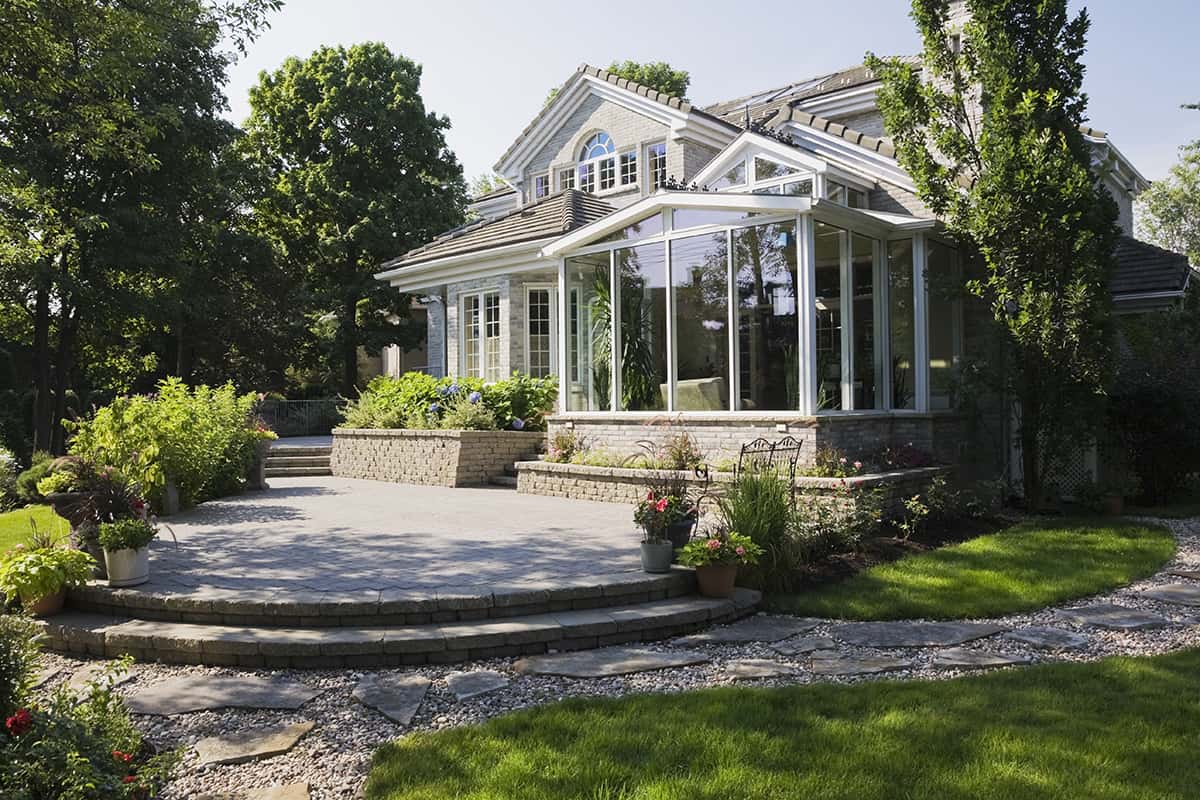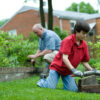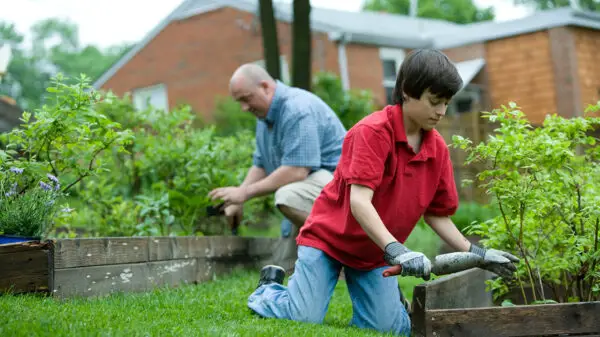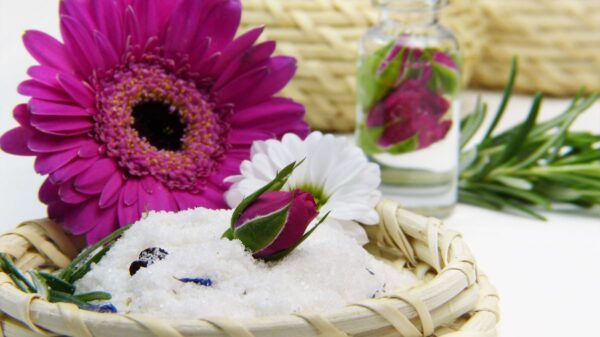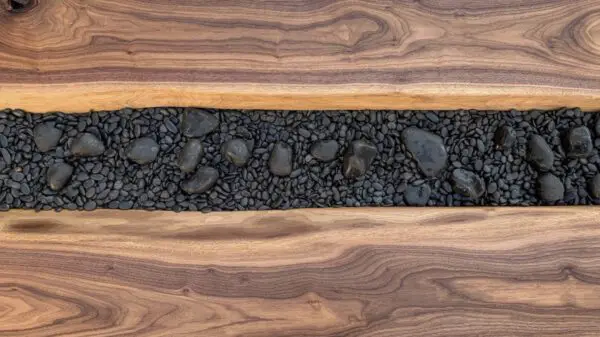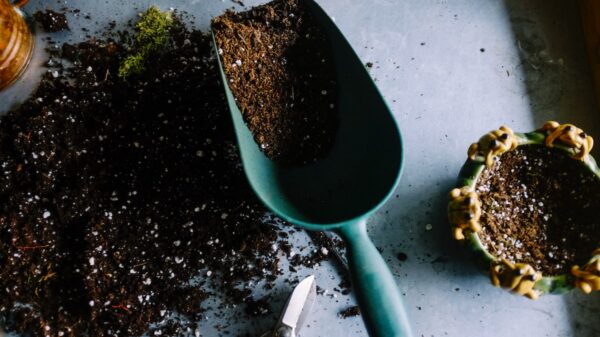Sunlight Needs for Your Garden
Many individuals who are just getting into gardening, regardless of the sort of plant, want to know how much sun their plants need to thrive. This can be a difficult question for several reasons. Different plants need different amounts of sun to thrive.
Plants that will not survive in full sun may flourish in shade, and vice versa. Sunlight is only one important factor in the growth process. Other factors such as water, temperature, humidity level, and soil composition also affect how well a plant does.
So, what are the differences between sun/full shade, sun/partial shade, and sun/full sun? These are all different sunlight requirements for various plants. Full shade plants, for example, require only 3 hours of direct sun per day whereas full sun plants require 6 hours of direct sun daily to grow.
How do you know what you have in your garden? Outside of working with a local professional, there are several ways to determine what type of plants will thrive in your yard. Let’s take a closer look at light levels so you can be sure to select the right plants for your containers and landscape.
Terminology
The amount of sunshine a plant needs varies, but it must receive some sort of light. A plant’s requirement for light is defined by its label as “full sun,” “part sun,” “partial shade,” or “full shade.”
- Full shade – 3 hours of direct sun per day
- Part shade – 3 and 6 hours of sun per day, but need protection from the intense mid-day sun
- Part sun – 3 and 6 hours of direct sun per day
- Full sun – 6 hours of direct sun daily
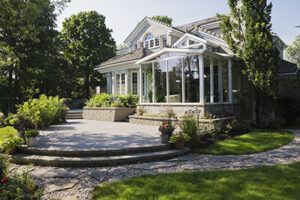
Full Shade
Under various species of trees, shade plants may need anything from northern side exposure to the deep shade beneath evergreens. Many ferns, for example, can burn in too much light.
Filtered light, such as that found below a tree canopy, is ideal for full-shade plants. Dappled shade is a form of filtered light where plants underneath a canopy receive light in small patches. Many shade plants can tolerate some morning or evening sunshine, but not mid-day light.
Keep an eye on the surroundings to make sure no part of your yard receives too much sun throughout the day. Get familiar with your garden’s solar exposure by tracking solar conditions throughout the day and over a full growing season.
Part Sun
The words part shade and partial shade are virtually synonymous. Some minor distinctions necessitate the use of these two rather than just one.
The majority of plants that need either part sun or part shade thrive in filtered light for the greater portion of the day. They also might need direct sunlight during the morning and afternoon.
Keep in mind that several hours of sunshine per day is important to plants that require this type of exposure.
Partial Shade
Part shade plants will be more susceptible to getting too much sunlight, especially in the late afternoon. They will need shade during the hottest parts of the day.
Plants labeled as the part sun can generally tolerate a lot of light and require just enough direct sunshine to grow. If these plants are not exposed to adequate sunshine, they may fail to bloom.
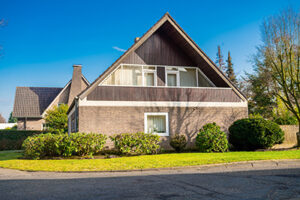
Full Sun
The term “full sun” refers to the type of light that exists in open fields with lots of sunshine. Many full-sun plants thrive throughout the day, but others may need a rest.
If a plant is labeled as heat or drought tolerant and has white or silver foliage, it’s likely to endure even the most blistering summer sun all day long.
Plants that can survive or adapt to full sun require at least six hours of bright, direct sunlight every day. This is the type of plant you’d typically see growing in open fields and along sunny roadsides. It thrives in hot weather but may need protection from intense midday rays if temperatures are high.
Some plants, however, just cannot withstand the heat. So what should a gardener do? Consider local conditions: full sun in the Appalachian Mountains and full sun on the Gulf Coast is quite different. It’s critical to follow label instructions as a starting point, then adjust them to your particular circumstances.
Anyone who has ever been outside will be accustomed to sunshine. Sun exposure is an essential part of outdoor life for many people. Whether you’re lounging on the lawn chairs or taking a stroll while listening to your favorite song, having sun all day is a fantastic way to enjoy yourself outdoors.
By performing this activity with family and friends, you’ll never cease to have an enjoyable time!

What’s the Best Way to Find Out How Much Sun You Need?
A garden light meter may be used to measure the amount of sun your chosen location receives each day. You may also save money by simply watching your garden for a few days in the summer.
Make notes whether or not it is receiving direct sunshine at any time of the day. Find the area where you want to plant, then keep track on a piece of paper. In most cases, a plant will have a label that includes an American flag and a description in five different colors.
The amount of sunlight is shown by a number in each color: full sun, part sun, and partial shade. A plant that needs full sun will be labeled as shown above with a flag waving in red, white, and blue. A part-sun plant will include a word like “light” or “medium”.


